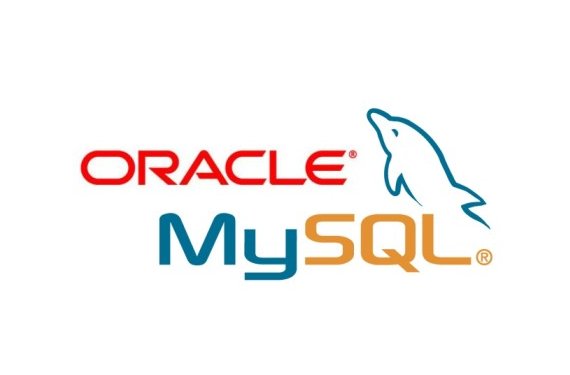MySQL HeatWave ML Now Supports Machine Learning

Oracle has announced that MySQL HeatWave ML now supports machine learning (ML) in the database, becoming a complement to the transaction processing and analytics already available. This allows the ML lifecycle to be fully automated, storing all trained models in the database itself.
Oracle has announced that MySQL HeatWave ML now supports machine learning (ML) in the database, becoming a complement to the transaction processing and analytics already available. This allows the ML lifecycle to be fully automated, storing all trained models in the database itself.
Oracle has announced that MySQL HeatWave ML now supports machine learning (ML) in the database, becoming an add-on to the transaction processing and analytics that were already available. This allows the ML lifecycle to be fully automated by storing all trained models in the MySQL database itself, so there is no need to move the data or model to an external tool. This reduces the complexity of the application and reduces the cost, improving the security of both the data and the model.
Until now, this information had to be exported to perform this task, which, in addition to the costs, consumed a lot of developer time, first for the extraction and then for the creation and deployment of ML models. One of the consequences of this procedure adds vulnerability and complexity.
These and other problems are solved with the new ML capabilities of MySQL HeatWave ML, as it natively integrates the ML capabilities within the MySQL database itself, eliminating the need to extract, transform and load the data to another service.
To do this, HeatWave ML fully automates the training process, creating a model with the best algorithm, optimal features and optimal hyperparameters for fetching a given dataset and a specified task.
Oracle thus makes MySQL HeatWave ML the first cloud data provider to offer ML capabilities directly within its own database service, delivering these capabilities:
- Full model creation automation
- Model explainability.
- New reduction algorithm for hyperparameter search.
- Best algorithm selection.
- Intelligent data sampling.
- Feature selection to determine data attributes.